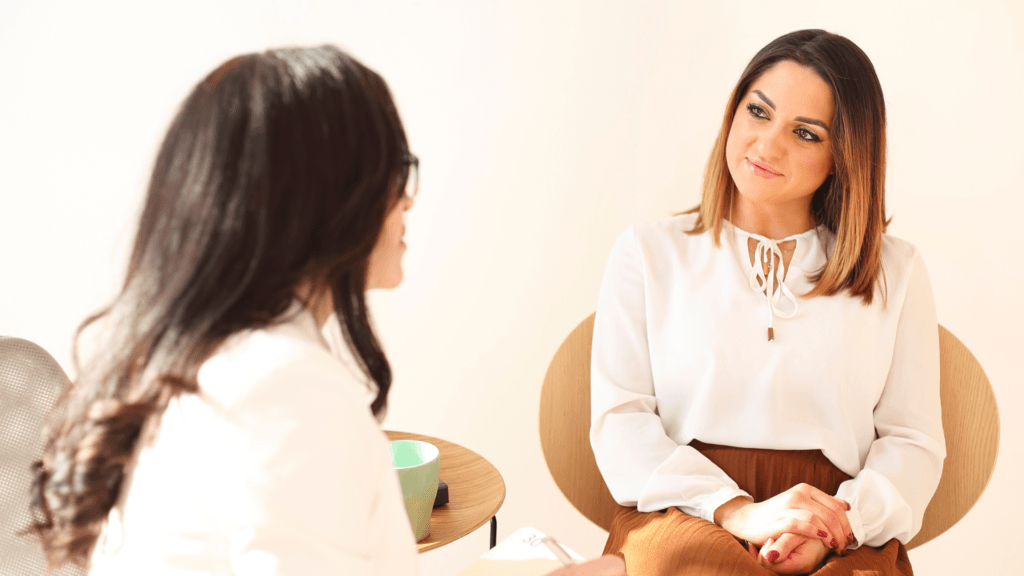Excersice Helped me in coping up Premenstrual symptoms and MENTAL HEALTH

Exercise is a fantastic way to alleviate premenstrual symptoms and support mental health. Here’s how: Physical Benefits _Reduced cramps Exercise releases endorphins, which can help ease menstrual cramps. Improved mood Physical activity boosts mood-boosting neurotransmitters like serotonin and dopamine. Reduced bloating Exercise can help reduce water retention and alleviate bloating. Better sleep Regular physical activity […]
Exercise:Our Daily Well-being key
When we exercise, our body releases various chemicals that help us perform physical activity, manage stress, and even feel good. Here are some of the key chemicals released during exercise: 1. Endorphins- Natural painkillers Endorphins are released by the pituitary gland and help reduce pain and discomfort during exercise.- *Mood boosters*: Endorphins also stimulate feelings […]
MENSTRUAL HEALTH
ماہواری کی صحت سے مراد ان افراد کی جسمانی، جذباتی اور سماجی بہبود ہے جو حیض کا تجربہ کرتے ہیں۔ یہ مختلف پہلوؤں پر مشتمل ہے، بشمول: Physical Health: 1. Menstrual cycle regulation 2. Pain management (dysmenorrhea 3. Heavy bleeding (menorrhagia) 4. Infections (vaginitis, endometritis) 5. Nutritional deficiencies (iron, vitamin B12) Emotional Well-being: 1. Premenstrual […]
The Antioxidant Advantage; How Olive Oil Boosts Complexion
Olive oil can improve complexion in several ways: Benefits: 1. Antioxidants: Rich in vitamins A and E, olive oil protects skin from damage caused by free radicals, promoting a smoother and more even-toned complexion. 2. Moisturizing: Hydrates and nourishes skin, reducing dryness and flakiness. 3. Anti-inflammatory: Reduces redness and inflammation, calming acne and irritation. 4. […]
What is Anemia/Health tips
What is Anemia? Anemia is a medical condition where the body has a lower than normal number of red blood cells or the red blood cells do not have enough hemoglobin, a protein that carries oxygen to different parts of the body. Causes of Anemia: 1. Iron deficiency (most common)2. Vitamin deficiency (B12, folate)3. Chronic […]
breastfeeding journey
pregnancy and antenatal care:
Your antenatal care Antenatal care is the care you get from health professionals during your pregnancy.It’s sometimes called pregnancy care or maternity care.You’ll be offered appointments with a midwife, or sometimes a doctor who specialises in pregnancy and birth (an obstetrician). You should start your antenatal care as soon as possible once you know you’re […]
How To Groom yourself

Grooming refers to the things that people do to keep themselves clean and make their face, hair, and skin look nice. … a growing concern for personal grooming How Should You Groom Yourself? Here Are Seven Tips. It is a fact that personal grooming is a crucial thing as it can influence your overall image. […]